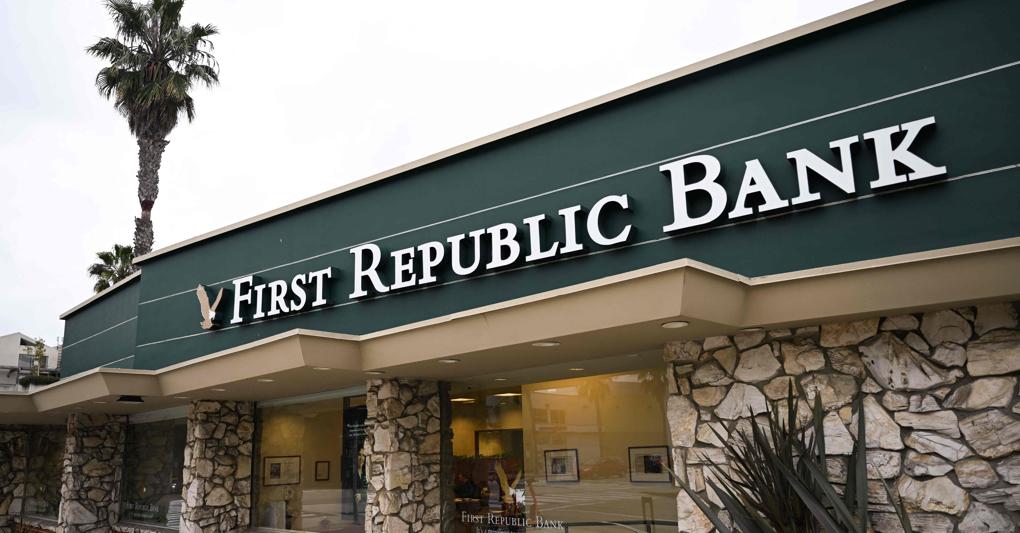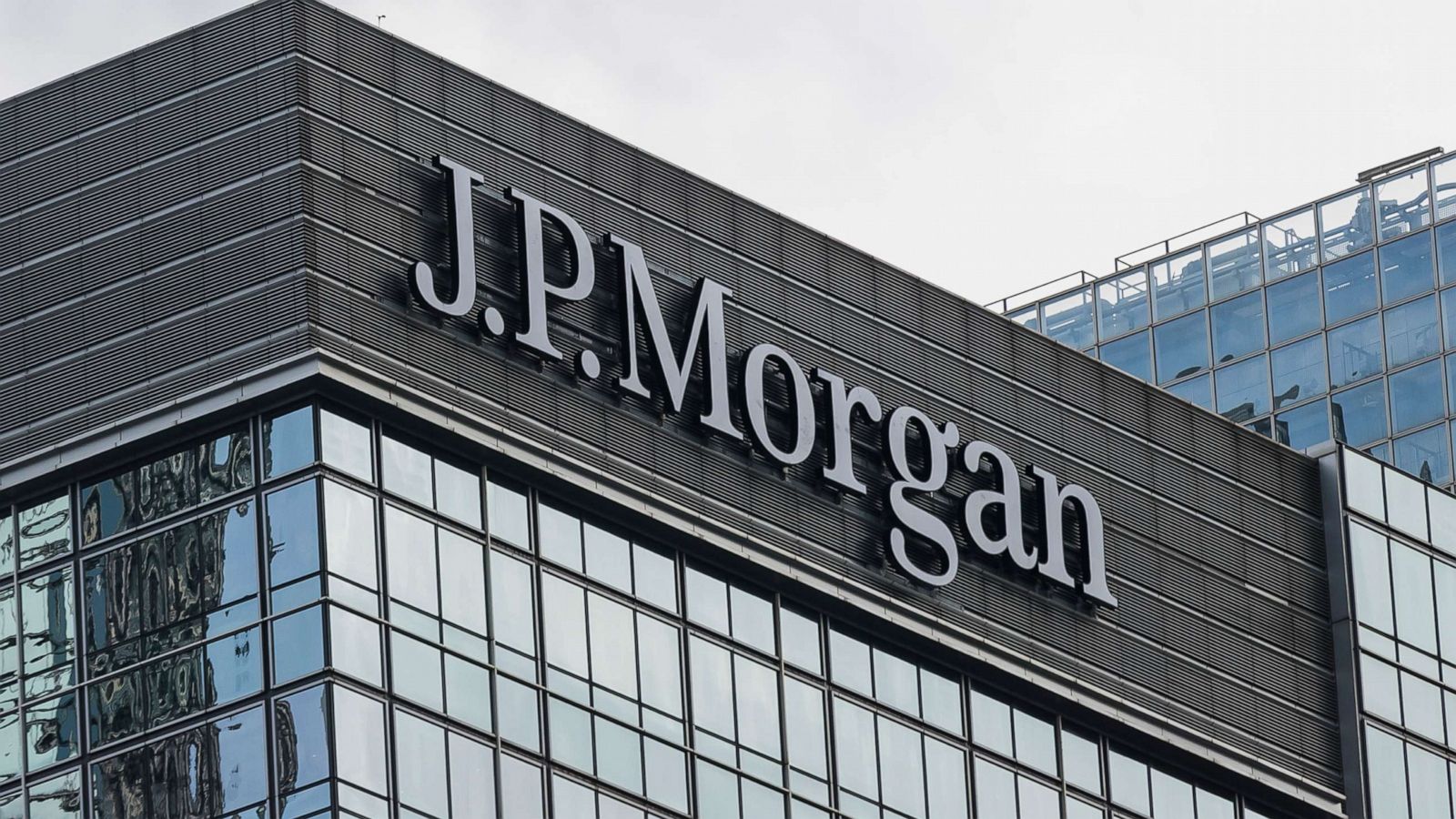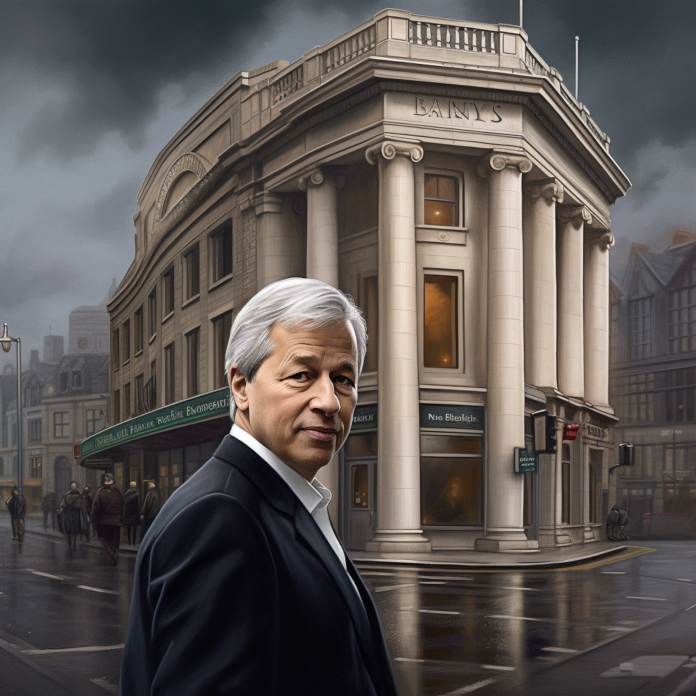In the ever-evolving landscape of the financial industry, JPMorgan Chase & Co (NYSE:JPM) has made a groundbreaking move with its acquisition of the failed First Republic Bank (OTC:FRCB). As CEO Jamie Dimon prepares to unveil the bank’s investor day plans, the market eagerly awaits more information about this monumental deal. In this article, we delve into the key themes surrounding this acquisition and JPMorgan’s strategic integration plans.
First Republic: Unveiling the Future
JPMorgan has taken on an immense responsibility by agreeing to absorb $173 billion of First Republic Bank’s loans, $30 billion of securities, and $92 billion of deposits, following the recent closure of the troubled institution. Dimon himself acknowledges the potential challenges this acquisition may bring. Industry analysts have raised concerns about integration, execution risks, and employee retention, among other factors.
Barclays analysts, Jason Goldberg, Brian Morton, and Matthew Kesselhaut, perceive the acquisition as more complementary to JPMorgan’s mass affluent approach rather than its ultra-high net worth offering. They expect First Republic to enhance JPMorgan’s consumer and community banking business, contributing positively to its future growth.
While JPMorgan has made several acquisitions since 2020, this purchase stands out due to its sheer scale. The last major acquisitions of this magnitude were witnessed in 2008 during the financial crisis, with the takeovers of Bear Stearns and Washington Mutual.

Succession Planning: Charting JPMorgan’s Path Forward
With Morgan Stanley’s CEO James Gorman announcing his plans to step down within the next year and transition to the role of executive chairman, attention turns to JPMorgan and its succession planning for CEO Jamie Dimon. Having led the company for over 17 years, Dimon’s tenure surpasses that of Gorman, who has been the CEO of Morgan Stanley for 13 years at the age of 64.
JPMorgan’s proxy statement identifies its President and Chief Operating Officer, Daniel Pinto, as a key executive who is prepared to assume the role of sole CEO should the need arise in the near term. This succession plan will undoubtedly attract scrutiny and speculation as the market eagerly awaits the bank’s strategy for maintaining stability and continuity.
Economic Insights: JPMorgan as the Bellwether
JPMorgan is renowned as an economic bellwether, with its executives’ commentary closely monitored by financial markets. Dimon himself has issued a stark warning about the potentially catastrophic consequences of failing to raise the U.S. debt ceiling. In response, the bank has established a dedicated war room, conducting daily meetings to address this critical situation.
Furthermore, Dimon and other financial CEOs recently met with Janet Yellen in Washington to discuss the overall health of the banking system and the implications of the debt ceiling. Such engagements underline JPMorgan’s commitment to ensuring financial stability and its influence within the industry.

Driving Growth: JPMorgan’s Strategic Objectives
JPMorgan emerged as one of the major beneficiaries following the collapse of two lenders in March, solidifying its position as the country’s largest lender. The bank reported first-quarter profits that exceeded expectations and experienced a significant influx of deposits. The upcoming investor day presents an opportunity for JPMorgan to showcase its continued growth and success.




